Rhinoplasty
in Atlanta
Transform the focal point of your face with rhinoplasty in Atlanta at Muse Plastic Surgery, enhancing overall facial symmetry and boosting self-confidence.
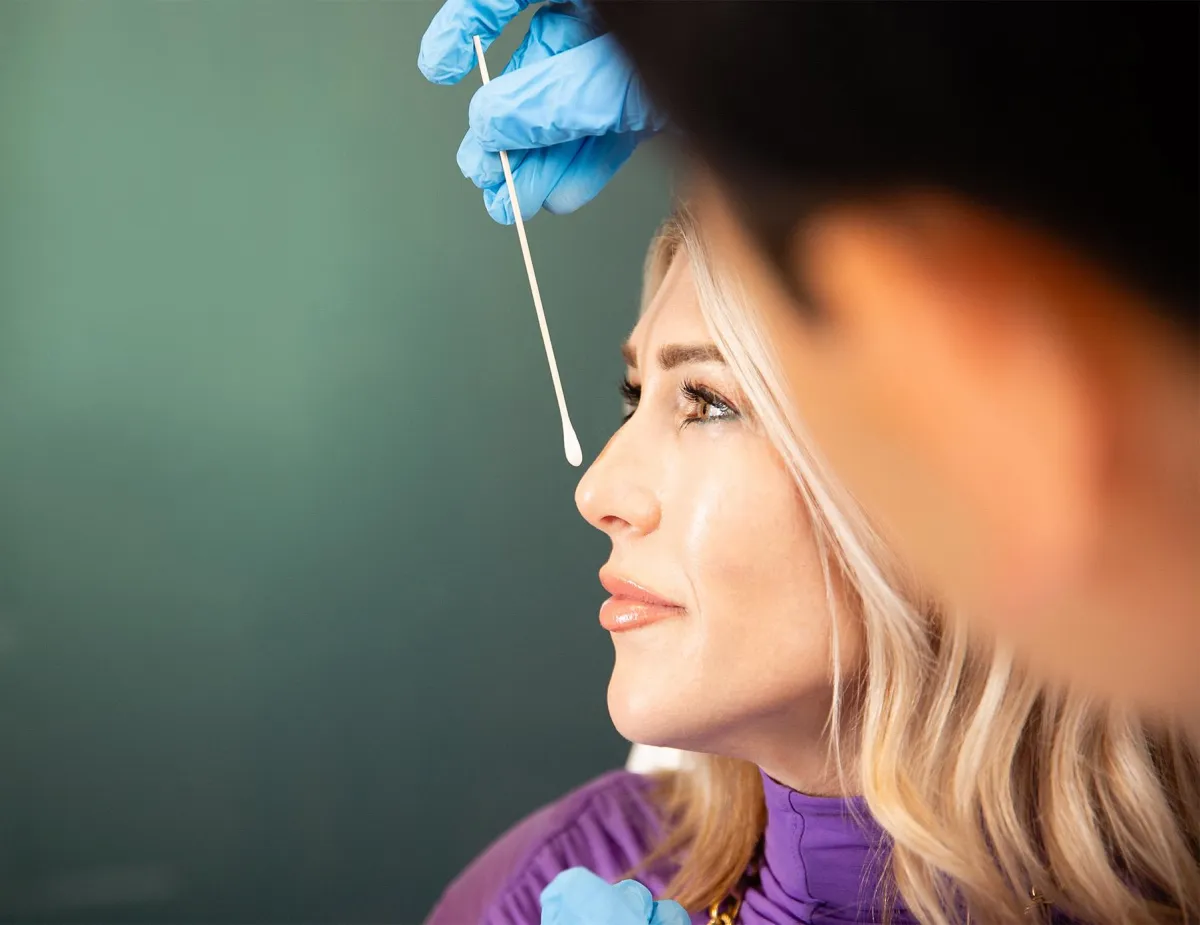

Radiate confidence with a refined nose.
Unlock the true potential of your facial harmony at Muse Plastic Surgery, where we specialize in the art of rhinoplasty. Recognizing that a well-proportioned nose is an essential element of facial symmetry and vital for your self-confidence, our skilled surgeons take pride in their ability to refine and reshape your nose, enhancing its appearance and function. With extensive experience in this intricate procedure, we approach rhinoplasty with an unwavering commitment to preserving your unique identity while enhancing your beauty.
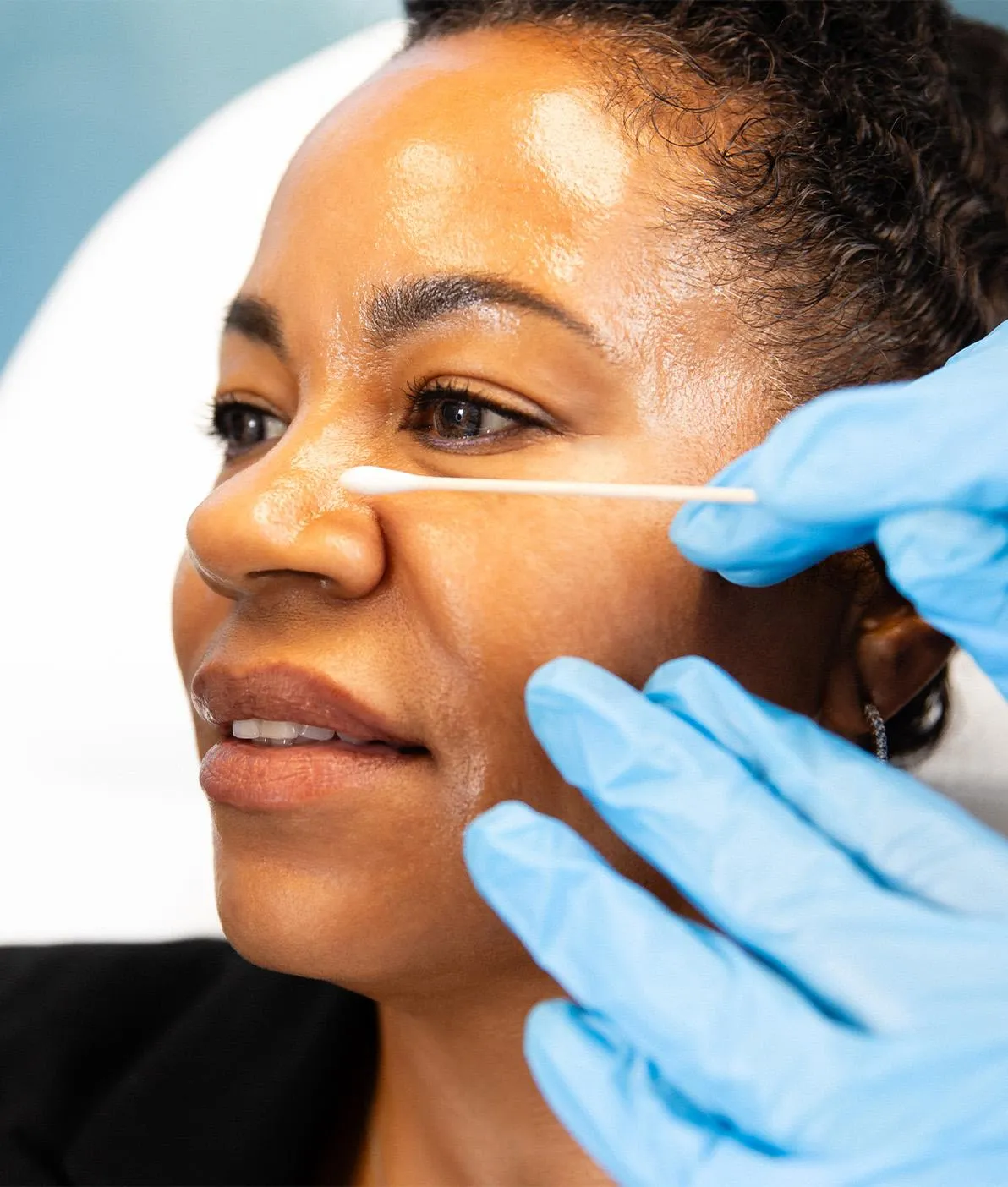
What is rhinoplasty?
Rhinoplasty, often referred to as nose reshaping or a "nose job," is a cosmetic surgical procedure designed to enhance the aesthetics and functionality of the nose. This intricate surgery is about achieving facial balance and addressing issues related to nasal function. At Muse Plastic Surgery, we approach rhinoplasty as a harmonious blend of art and science. With extensive expertise in this challenging procedure, we aim to refine and reshape the nose to create a beautifully balanced and naturally enhanced facial appearance.
Before & After
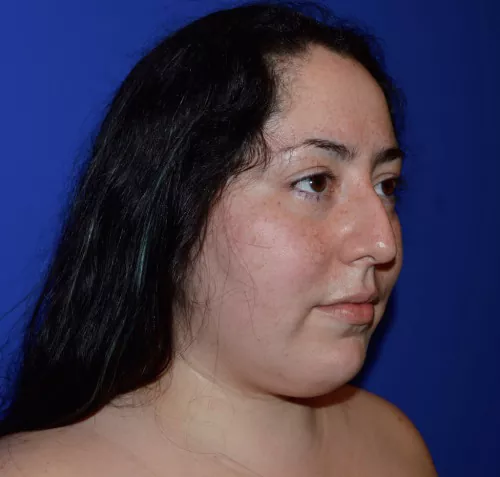

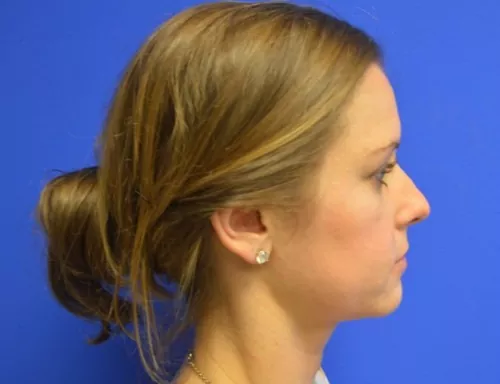
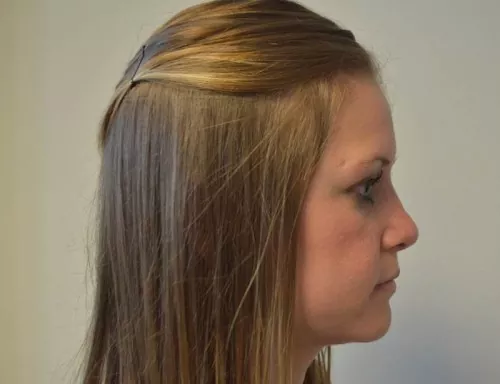
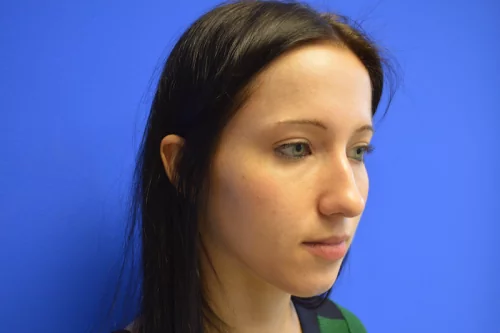

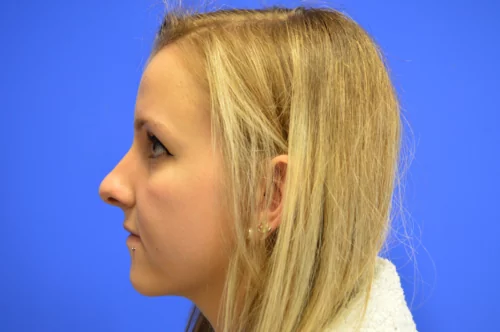
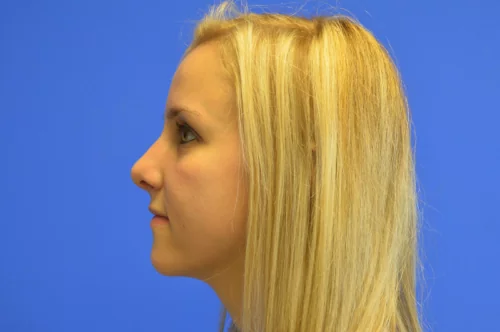
Specialized rhinoplasty at
Muse Plastic Surgery
At Muse Plastic Surgery, our expertise extends to specialized nose jobs in Atlanta, ensuring you receive highly tailored expert care.
Ethnic rhinoplasty
We understand and appreciate the diverse beauty standards across different cultures. Our surgeons can perform ethnic rhinoplasty to enhance your nose while preserving the features that connect you to your unique heritage, achieving authentic and beautiful results.
Female rhinoplasty
Tailored to meet the distinct aesthetic goals of women, female rhinoplasty focuses on enhancing the proportions, symmetry, and balance of the female nose. Achieving natural and proportional facial harmony is our priority.
Revision rhinoplasty
Our skilled surgeons offer revision rhinoplasty for those who have previously undergone nose reshaping and are unsatisfied with the results. This procedure addresses aesthetic concerns with technical proficiency, even with anatomical changes and scar tissue.
Septoplasty
In cases where both cosmetic and functional improvements are needed, our surgeons perform septoplasty to straighten a deviated septum and improve nasal airflow, ensuring optimal breathing and an aesthetically pleasing nose.
The benefits of rhinoplasty
Corrected trauma or injury: Restore nasal symmetry and function following an accident or injury.
Customized results: Tailor the surgery to your unique desires and needs, ensuring a personalized outcome.
Enhanced facial balance: Achieve harmonious proportions by refining the central focal point of your face.
Functional and cosmetic improvements: Achieve the delicate balance of form and function, addressing aesthetic and health-related concerns.
Improved confidence: Rhinoplasty offers the opportunity to overcome self-esteem issues related to nasal appearance, allowing you to feel more confident in your daily life.
Nasal functionality: Correct structural issues to enhance breathing, sleep, and overall nasal function.
Youthful aesthetics: Regain a more youthful appearance by addressing signs of aging, such as drooping nasal tips or bumps.
Begin Your Journey
Is Rhinoplasty right for me?
Are you looking to enhance your facial balance, correct specific concerns about your nose, and improve self-confidence? Whether you wish to address aesthetic issues like a nasal hump, asymmetry, or a drooping tip or have functional problems impacting your breathing and overall quality of life, Rhinoplasty can provide the customized solution you need. It's a procedure that caters to the nose's cosmetic and functional aspects, making it a comprehensive option for individuals looking to refine their nasal structure. A consultation with Muse Plastic Surgery is the first step on this journey, allowing us to assess your situation and determine if a nose job in Atlanta with our team is the right choice for your needs.
What to expect
Rhinoplasty is a carefully orchestrated surgical procedure that can be administered using two primary techniques:
Closed rhinoplasty
Closed rhinoplasty
Closed rhinoplasty is better suited for patients needing only minor modifications to their nasal structure. Incisions are concealed within the nose, leaving no external scars. This technique is typically used for more limited adjustments to the nasal system, and it offers a shorter recovery period than open rhinoplasty.
Open rhinoplasty
In open rhinoplasty, a small incision is made across the columella, the external end of the nasal septum. This method is ideal for patients who require more extensive changes to the shape of their nose. It provides a comprehensive view of nasal structures, allowing for precise adjustments to the nose.
Rhinoplasty recovery
Following your rhinoplasty in Atlanta, you can typically expect a recovery period involving bruising and swelling around the eyes and cheeks, gradually diminishing over 7-21 days. Rest and relaxation are paramount during this time, and prescribed pain medication can help manage any discomfort. Most individuals can return to work within one to two weeks after their rhinoplasty. However, activities that could risk facial injury, such as sports or rigorous physical activity, should be avoided for at least a month or two.
While immediate results are not visible due to postoperative swelling, over several months, the nose will take on its new shape. Scarring is generally minimal with rhinoplasty, particularly in the case of closed rhinoplasty, where incisions are concealed inside the nostrils. Patients can expect the reshaped nose to maintain its results throughout their lifetime, as the aging process does not significantly affect rhinoplasty. Muse Plastic Surgery ensures a comprehensive approach to care by scheduling follow-up appointments to monitor your progress and address any concerns during the healing process.

Why Choose Muse Plastic Surgery for Rhinoplasty?
At Muse Plastic Surgery in Atlanta, our artful nasal reshaping encompasses our refined anatomical knowledge and technical proficiency to ensure exceptional results that enhance your facial harmony while preserving your unique beauty. We specialize in various types of rhinoplasty, including revision rhinoplasty, ethnic rhinoplasty, female rhinoplasty, and septoplasty, providing you with a highly specialized approach to meet your needs. If you’re committed to achieving your desired nose, we encourage you to contact Muse Plastic Surgery today to schedule your consultation for nose surgery in Atlanta.


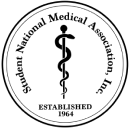



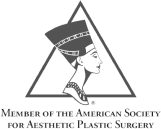

FAQ
What are the different types of rhinoplasty?
There are two main types of rhinoplasty: open rhinoplasty and closed rhinoplasty. In open rhinoplasty, an incision is made across the columella (the strip of tissue between the nostrils), allowing for greater visibility and access to the nasal structures. In closed rhinoplasty, all incisions are made inside the nostrils, resulting in no visible external scarring. The choice of technique depends on factors such as the patient's anatomy and the surgeon's preference.
Will rhinoplasty affect the look of my nostrils or the width of my nose?
Yes, rhinoplasty can affect the look of your nostrils and the width of your nose, depending on your aesthetic goals. If desired, the procedure can refine the width of the nasal bridge and adjust the shape or size of the nostrils for better facial harmony. Your surgeon will carefully evaluate your nasal structure to ensure changes are balanced and natural-looking.
What is the recovery process like after rhinoplasty?
The recovery process after rhinoplasty involves some swelling, bruising, and mild discomfort around the nose and eyes. Patients are advised to rest with their heads elevated, apply cold compresses to reduce swelling, and avoid strenuous activities for the first week or two after surgery. Most individuals can resume normal activities within a couple of weeks, although complete healing may take several months.
Will rhinoplasty affect my breathing?
Rhinoplasty can improve nasal airflow and breathing in some cases, especially if the procedure is performed to correct a deviated septum or other structural abnormalities that contribute to breathing problems. Your surgeon will assess your nasal function during the consultation and discuss any potential improvements that may result from the surgery.

4310 Roswell Road NE,
Atlanta, GA, 30342
(404) 882-9948

Monday - Thursday 10am-5pm
Friday 10am-4pm
Saturday - Sunday Closed
FFooter 2ooter 24.9 SFooter 2tars 360 Reviews

